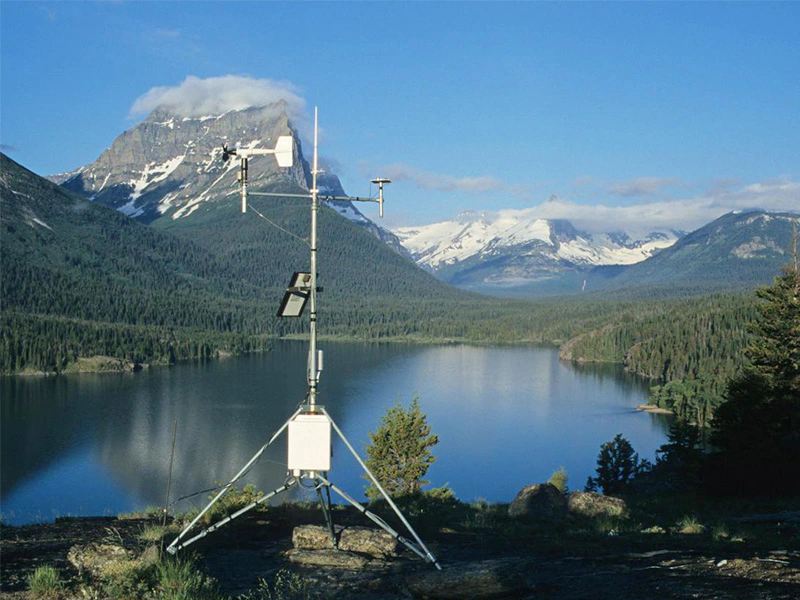
# Meteorological Station: Definition and Functions
## What is a Meteorological Station?
A meteorological station, also known as a weather station, is a facility equipped with instruments and sensors designed to measure and record various atmospheric conditions. These stations play a crucial role in weather forecasting, climate research, and environmental monitoring by collecting data on temperature, humidity, wind speed and direction, atmospheric pressure, precipitation, and other weather-related parameters.
## Types of Meteorological Stations
Meteorological stations can be categorized based on their location and purpose:
– Surface weather stations: Located on land or sea surfaces
– Upper-air stations: Measure atmospheric conditions at higher altitudes using balloons or aircraft
– Automatic weather stations (AWS): Operate without human intervention
– Mobile stations: Installed on ships, aircraft, or vehicles
## Key Functions of Meteorological Stations
### 1. Weather Data Collection
The primary function of meteorological stations is to gather accurate and continuous weather data. This includes measurements of:
– Temperature (air and ground)
– Humidity levels
– Atmospheric pressure
– Wind speed and direction
– Precipitation amount and type
– Solar radiation
– Visibility
### 2. Weather Forecasting
Meteorological stations provide essential data for weather prediction models. The collected information helps meteorologists:
– Identify weather patterns
– Predict storms and severe weather events
– Issue weather warnings and advisories
– Create short-term and long-term forecasts
### 3. Climate Monitoring and Research
By maintaining long-term records of weather data, meteorological stations contribute to:
– Climate change studies
– Identification of climate trends
– Analysis of extreme weather events
– Validation of climate models
### 4. Agricultural Applications
Farmers and agricultural professionals rely on weather station data for:
– Irrigation planning
– Pest and disease control
– Crop selection and planting schedules
– Frost warnings and protection measures
### 5. Aviation and Maritime Safety
Meteorological stations provide critical information for:
– Flight planning and routing
– Airport operations
– Ship navigation
– Storm avoidance at sea
## Components of a Standard Meteorological Station
A typical weather station includes several key instruments:
– Thermometer: Measures air temperature
– Hygrometer: Measures humidity
– Barometer: Measures atmospheric pressure
– Anemometer: Measures wind speed
– Wind vane: Measures wind direction
– Rain gauge: Measures precipitation
– Pyranometer: Measures solar radiation
– Data logger: Records and stores measurements
Modern meteorological stations often transmit data automatically to central databases via satellite or internet connections, enabling real-time weather monitoring and analysis. The information collected by these stations is invaluable for numerous sectors, including agriculture, transportation, energy, and emergency management.
Keyword: what is meteorological station